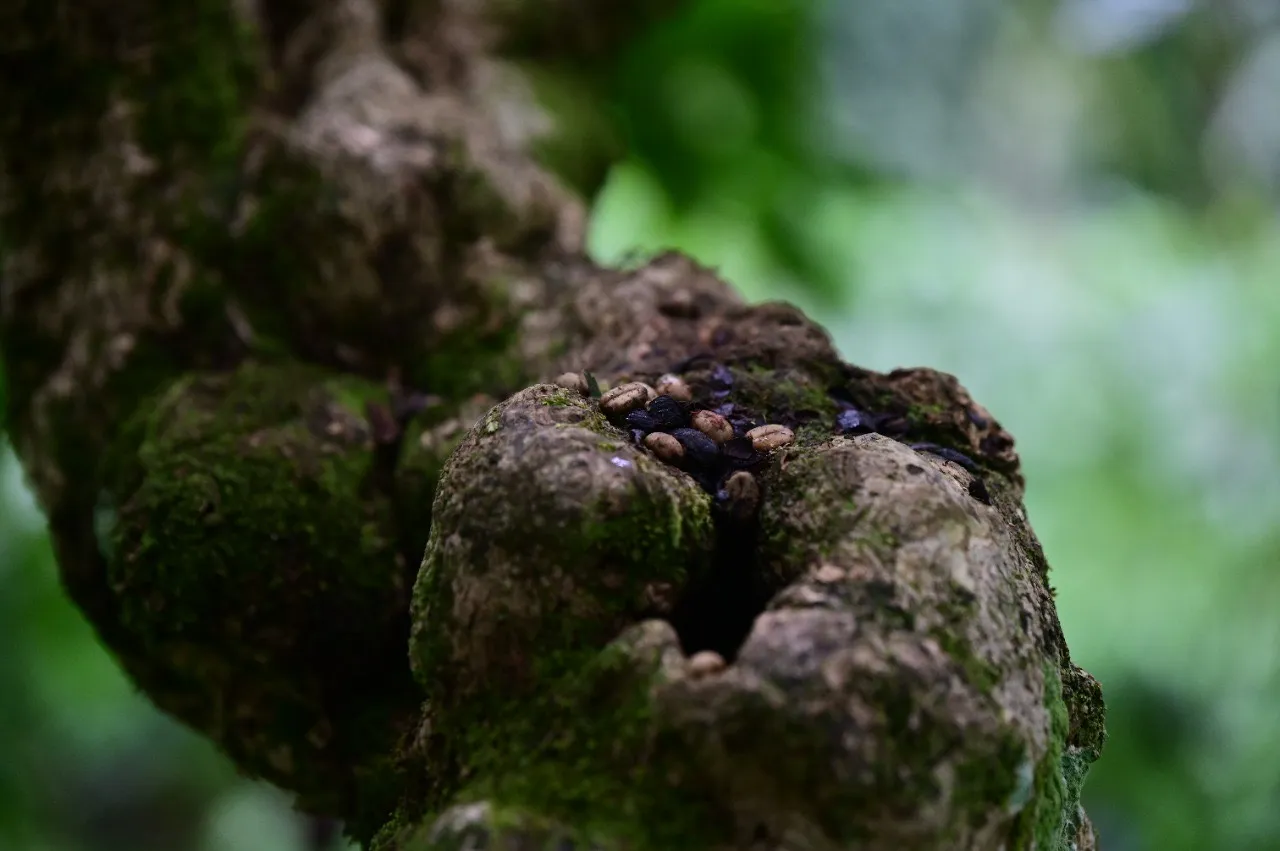
Bean's on the coffee stump
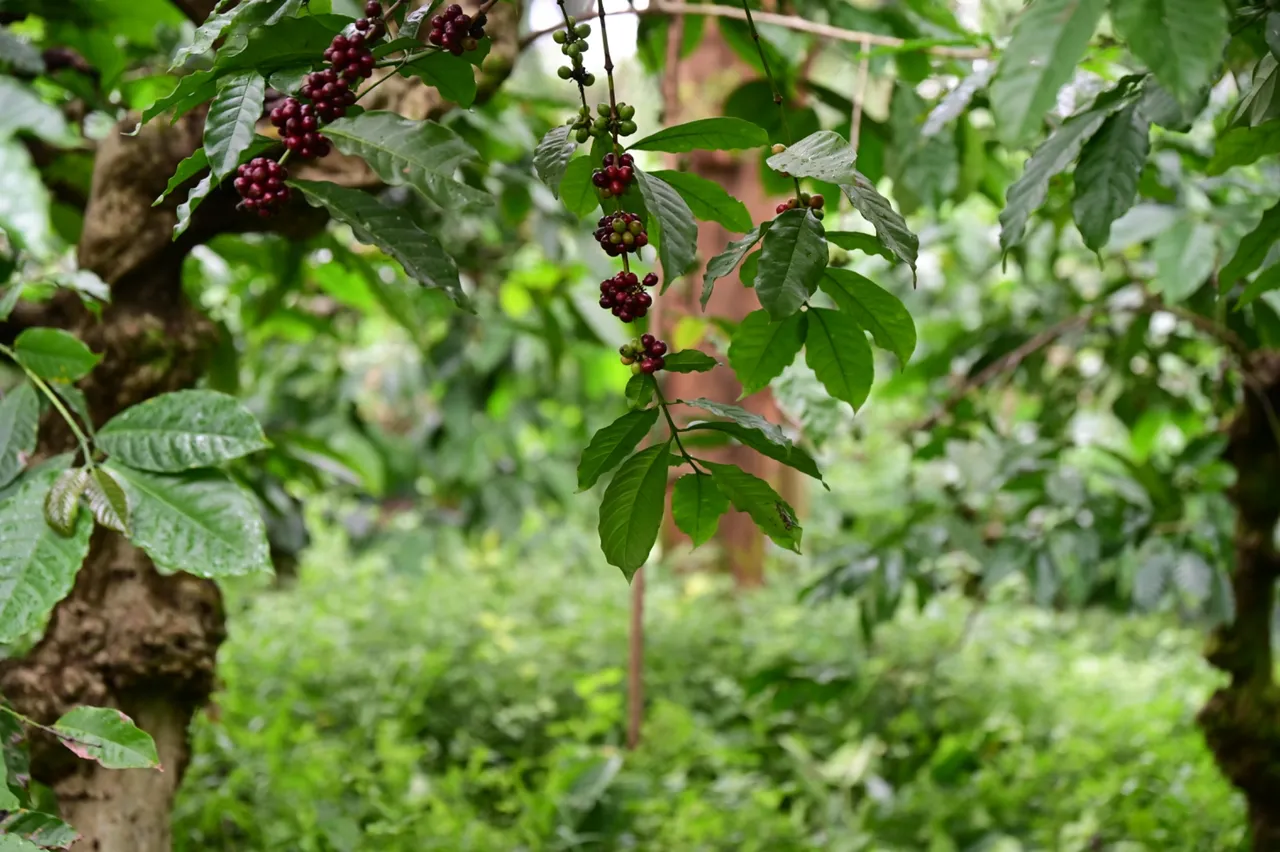
Juicy Coffee Cherries
Bonnet Macaque a specie of monkeys that are endemic to the Western Ghats and are fruit eating primates. The wild Macaques pick specific coffee cherries for a reason, only the best, sweetest and GOOD one’s get selected. Hence the name of this lot is ‘Selected by the Wild’.
The macaques are arboreal, living in the tree canopy where they spot these cherries, and coffee trees often lure them to the natures juicccy candy. This is an evolutionary adaptation in frugivores, to successfully disperse its seeds. The challenge in survival of the species and overcoming the struggle of its existence, is the best example of survival of the fittest describing the natural selection by Charles Darwin.
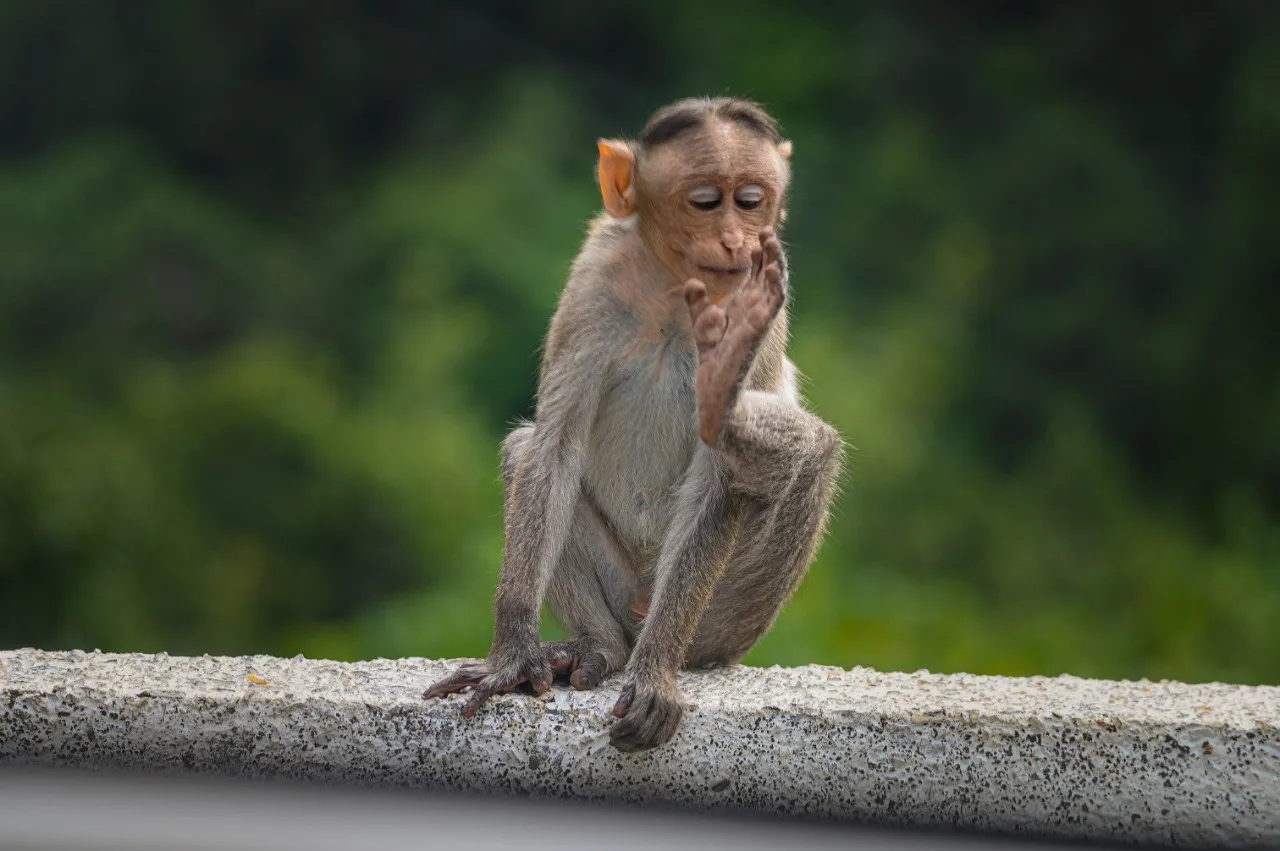
It’s finger licking good!
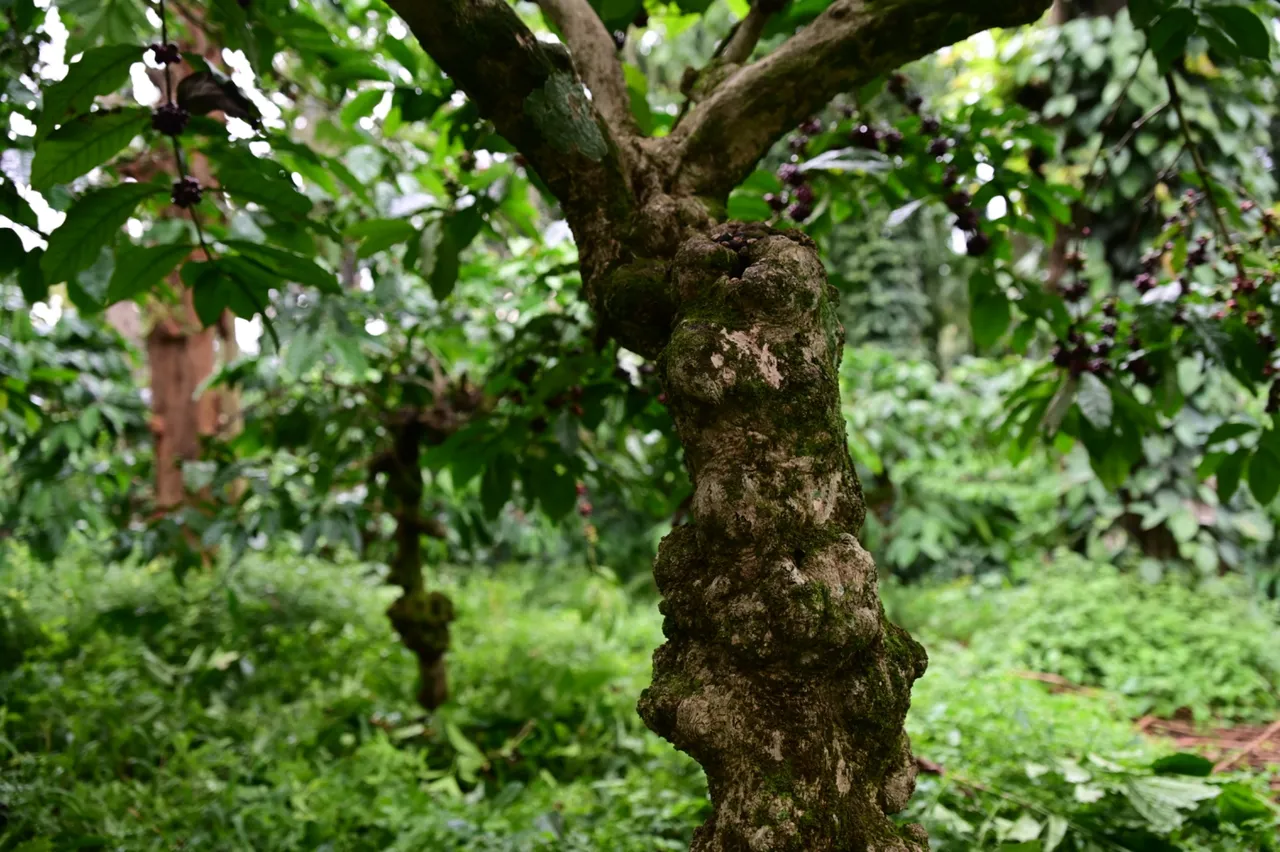
80 year old Coffee Tree
I chanced upon a troop of drooling monkeys. T’was at this moment I gazed at the macaques eyeing the ripe berries, they leaped toward the coffee stumps and began to fill their cheek pouches. The entirety of relishing the sucrose filled cascara with hints of sticky pulp can only be fathomed by any passer-by, as they do make a finger licking good experience. The cherry skin and beans are spat out after seeking the sweet juices of the natures candy, as they can’t digest these caffeine beans. Then, the Macaques rushed and broke the branches which had numerous coffee cherries and some early buds; they swung from branch to branch reaching the dense canopy of old shade trees and joined their kin.
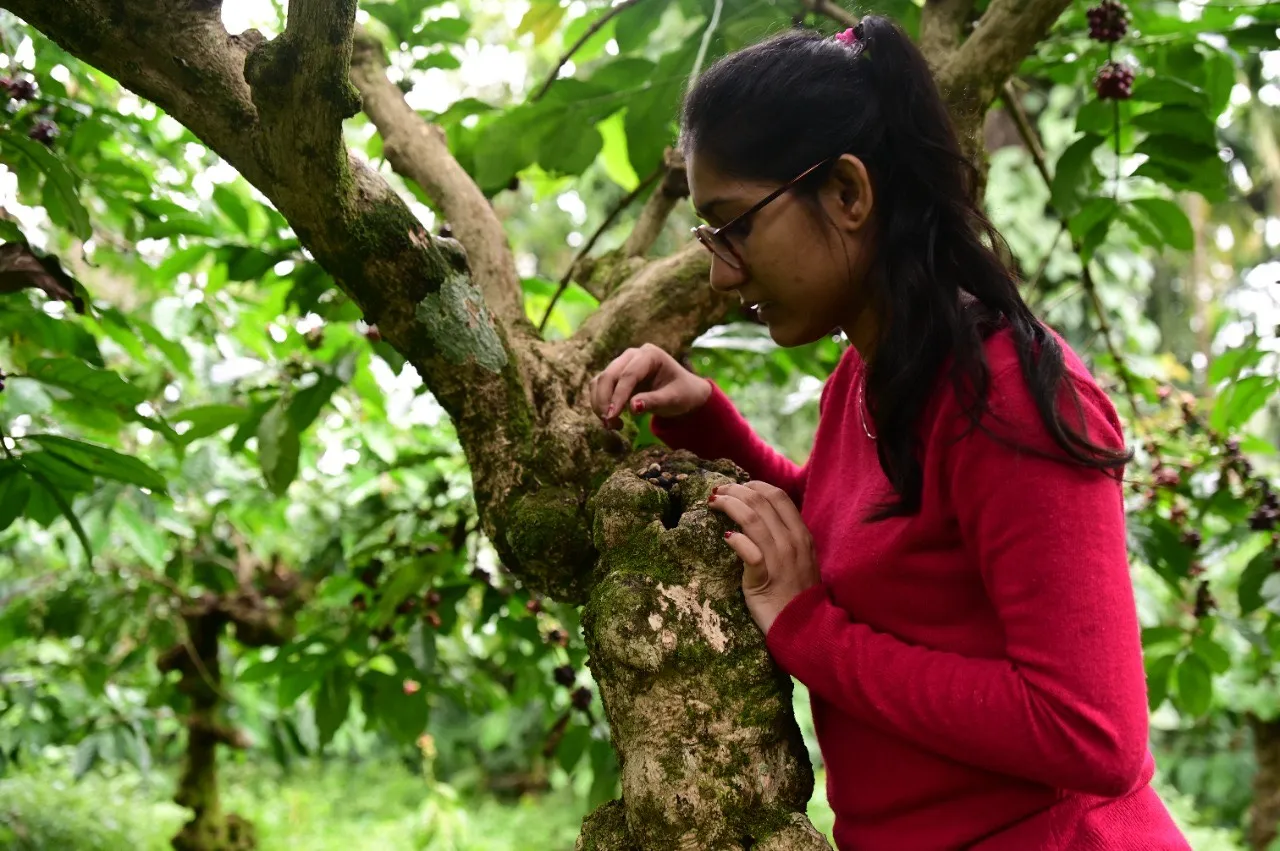
Wondering, why we do it?
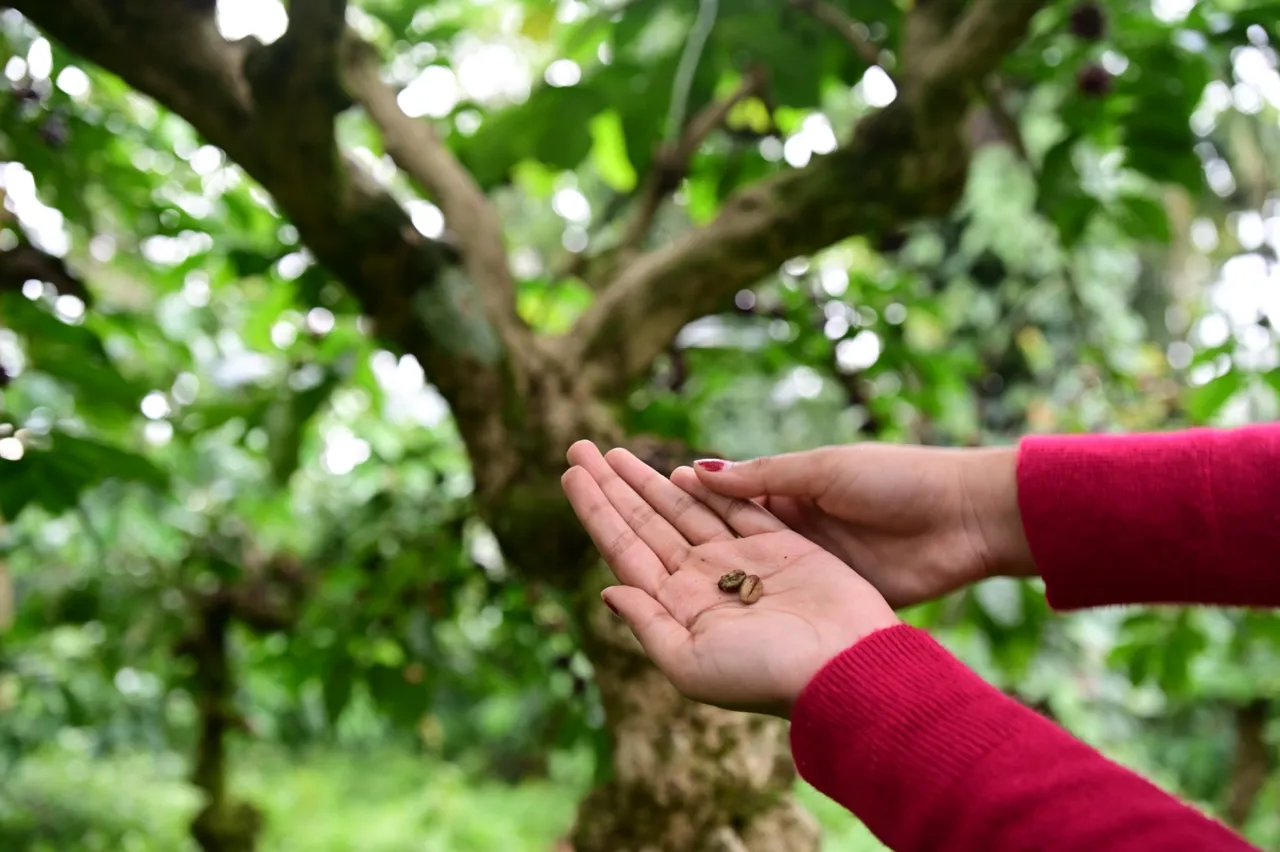
The Selected Monkey Spat Beans
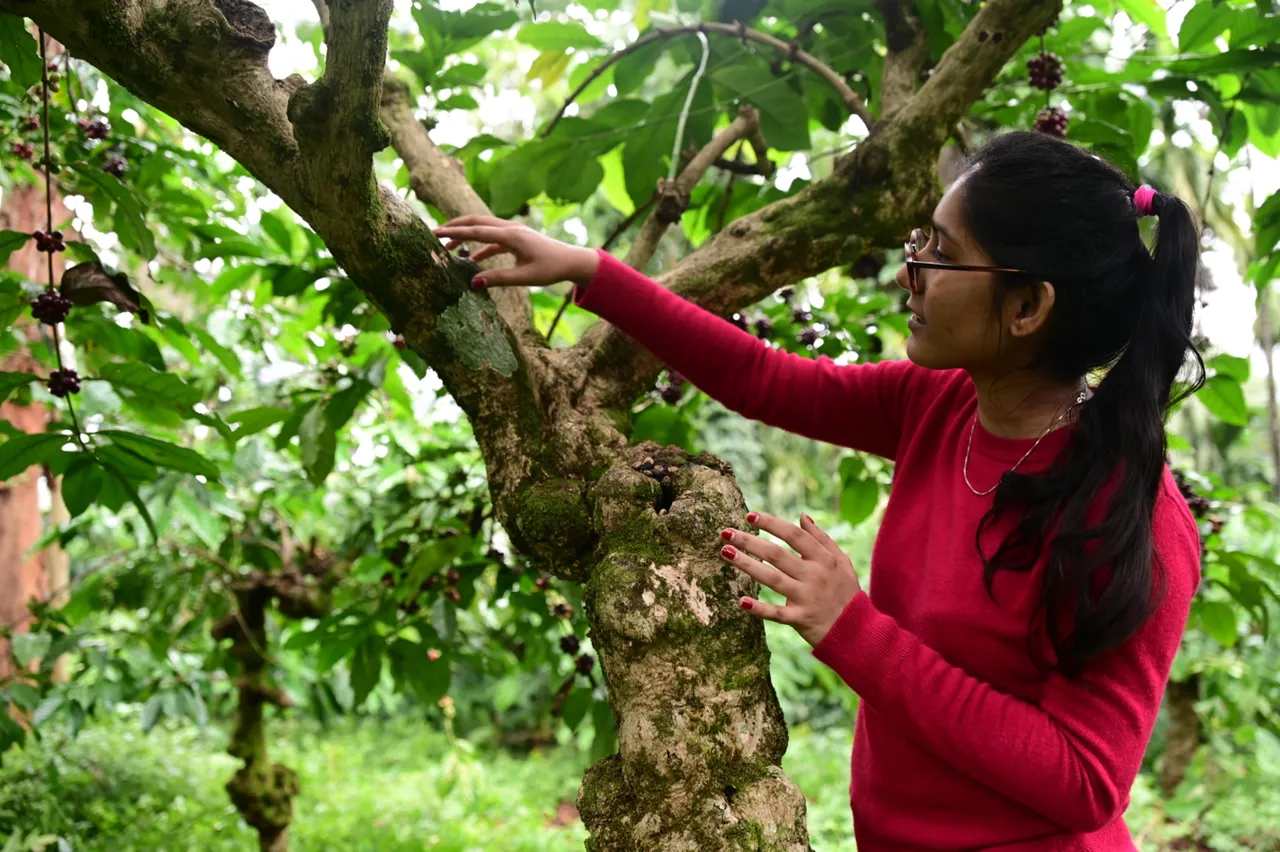
The secret is in securing our land from berry borers. Borers are pests that drill into coffee and spread like wild fire is not controlled. Any left over coffee, creates a viable environment for these pests. If these beans are not picked, then the upcoming harvest impends threat.
Since the naturally existing coffees are already semi processed, we may as well utilise it. This would give us an idea on how the coffee would turn out in terms of palate because of natural selection and because it’s not present in copious amounts.
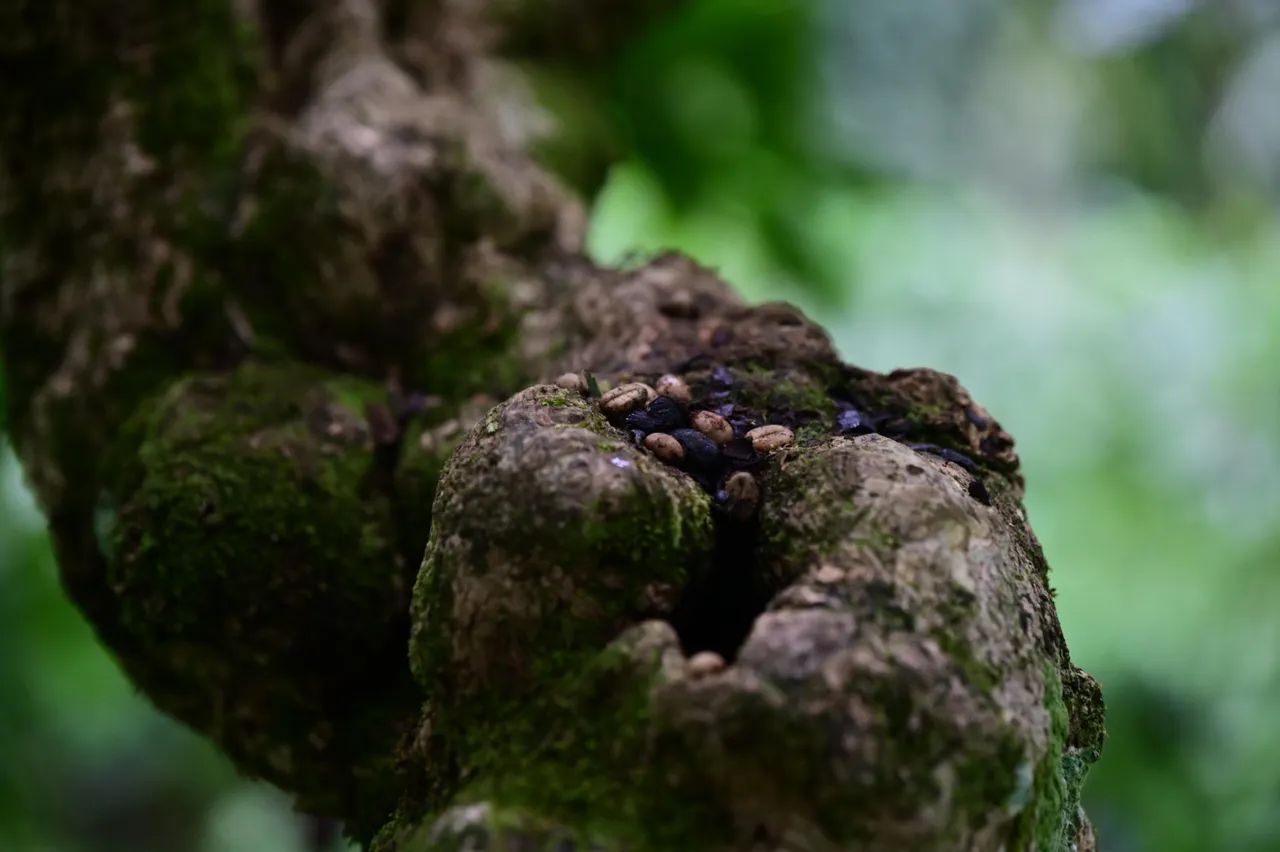
Natural Selection 🍒
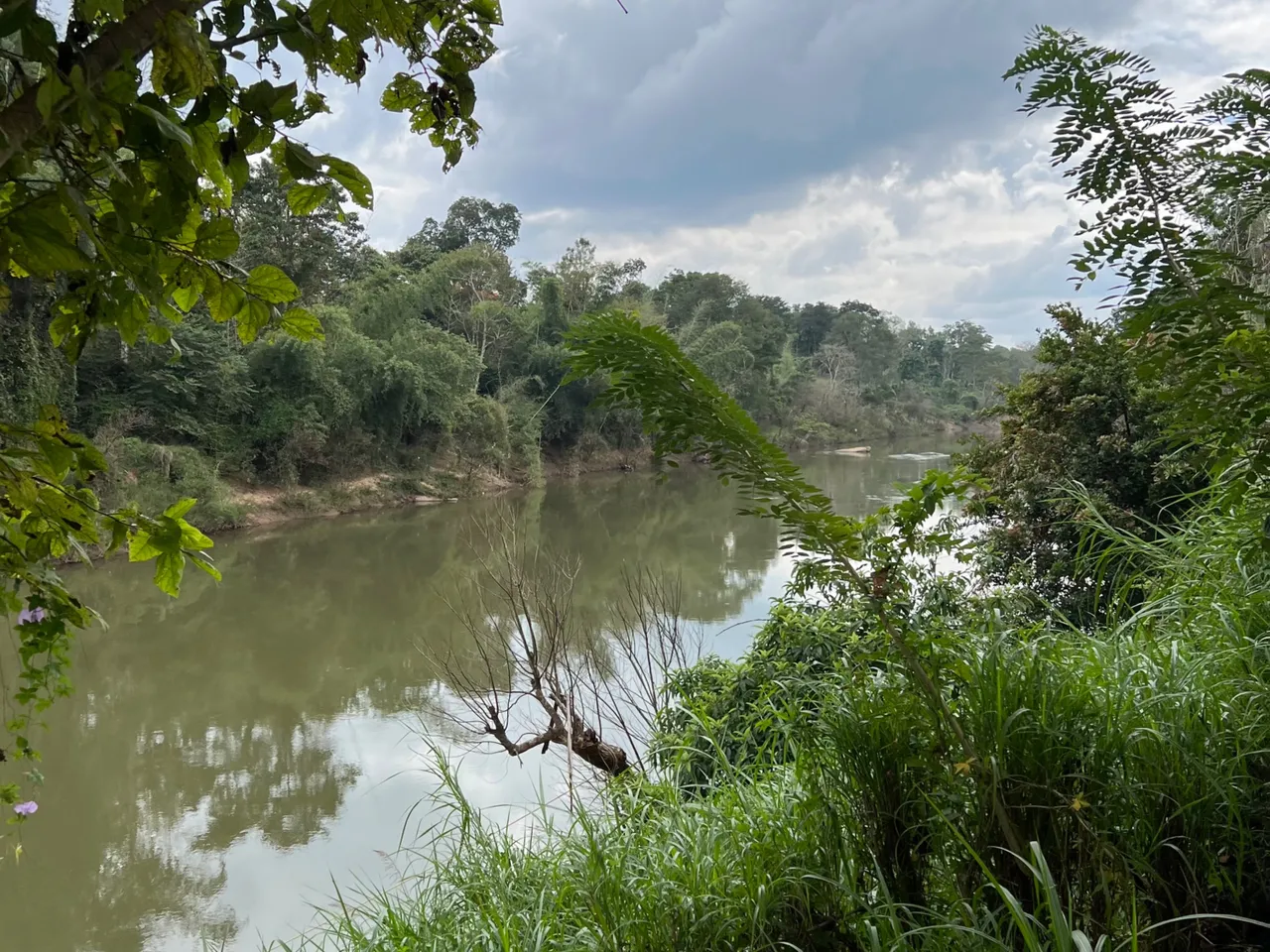
The adjoining River Badra
That’s enough monkey business, it’s time to settle it down.
River Badra is adjacent to our plantation, during flooding seasons there is a high chance of landslides. Back in 2010, we had a lot of bamboos that supported arboreal life, especially the Bonnet Macaques. Due to a lot of monkey business, and loss of fruits and coffee tree damage. A former manager got rid of the bamboo fence. The conventional or the old school people’s response was to chase them away. The techniques involved shooting, firecrackers and sometimes catching hold of one of them and painting it to scare the troops.
As a qualified wild-lifer and a coffee enthusiast, I couldn’t stand the cruelty. We need to put nature in focus, as we are coexisting within the same ecosystem. Truly, it was this very thought that made me decide to make monkey parchment out of whatever fruits they eat.
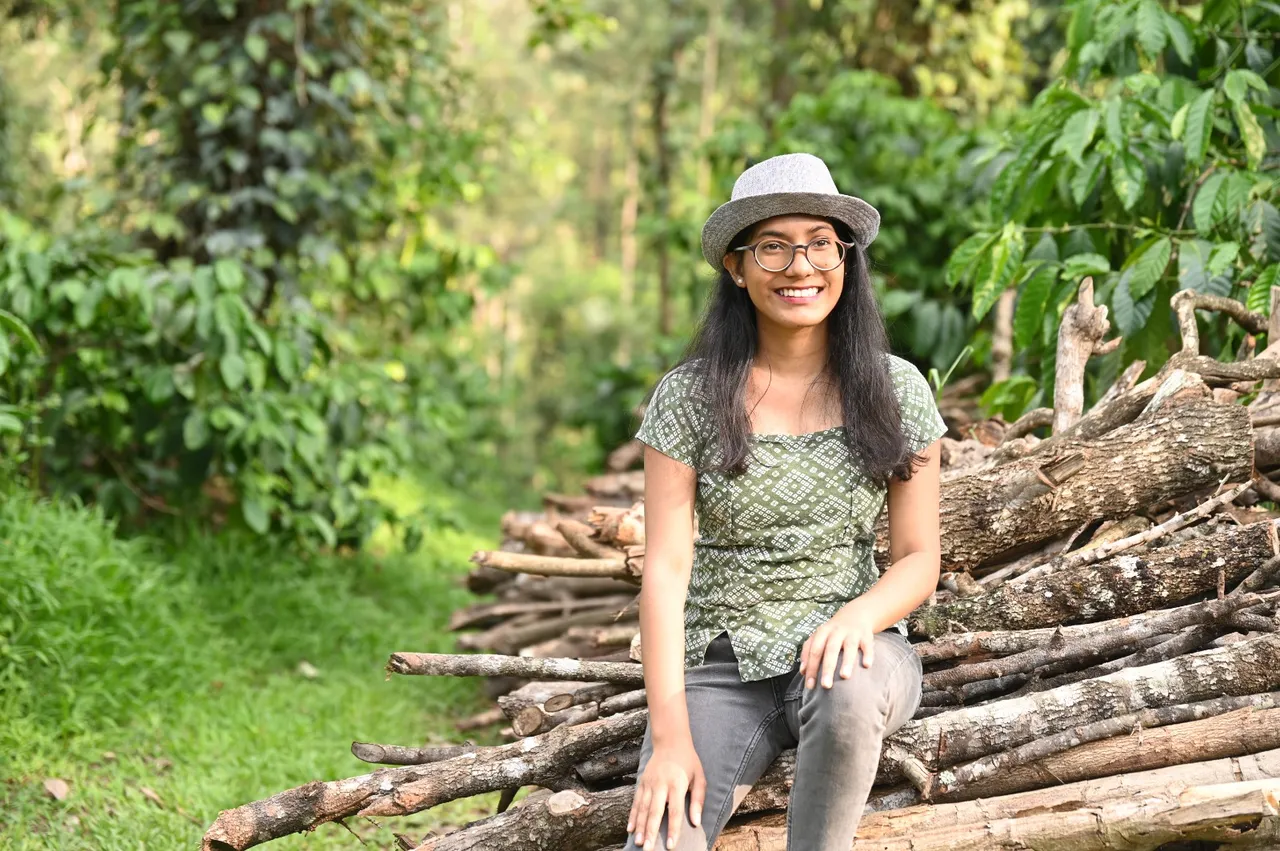
4th Generation Coffee Planter - Lynn Mascarenhas
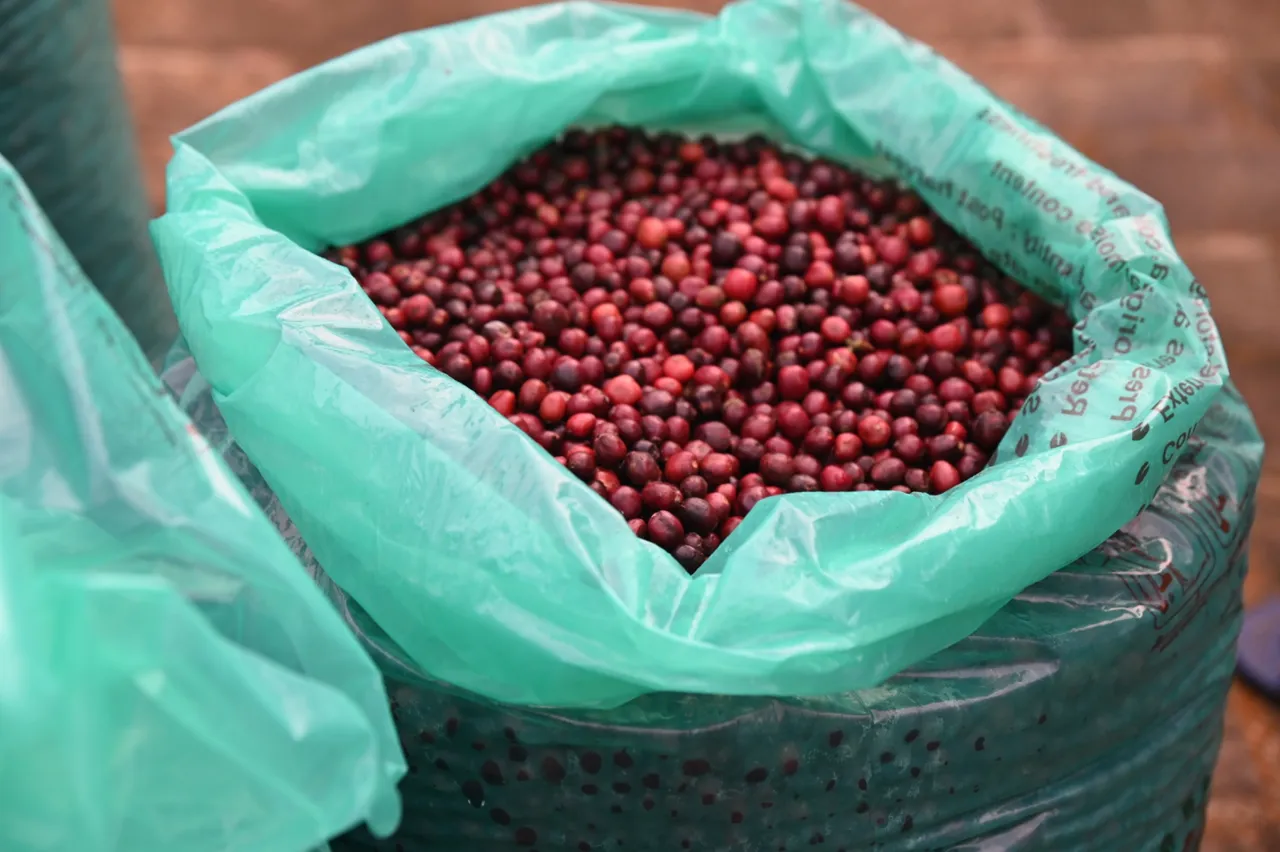
Cherrylicious 👅
So what makes our Monkey Parchment unique?
We hand-pick these semi fermented Robusta beans that lie on coffee stumps and ground canopy. The Macaque acts as a built-in pulper machine, where the sticky seeds are attained to further process. Meanwhile the flavourful cascara along with minute traces of fructose filled pulp is consumed. The second half process is meticulously done at the drying yard, the grey beans a raked on the raised beds every 30 minutes. We, Honey sun-dry and rest the beans in a wooden bungalow room, to ensure the moisture content of the grey beans is stable.
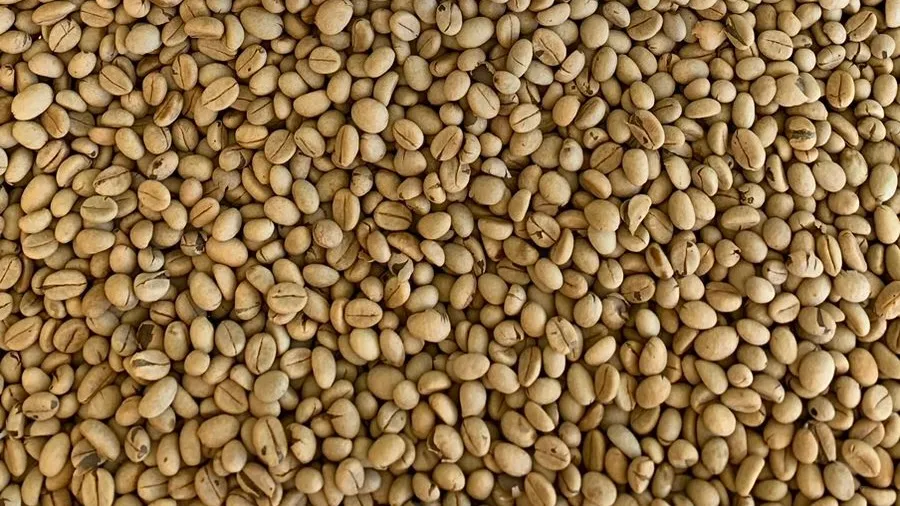
The making of monkey parchment is rare and a tedious job to gather the fallen seeds from the estate floor. Labourers go on a quest to find these elite beans, with gunny bags tied to their waist. Out of our 40-acre plantation, we were able to make a limited-edition coffee and hence are expensive.
You would have heard of green bean in the coffee industry but have you heard of Grey Beans!
Grey beans are unroasted coffee seeds that are fermented by the amylase in the monkey’s cheek and which have been dried on raised beds. The origin of these beans was in the early 2000’s in south India, in a place called Chikmagalur.
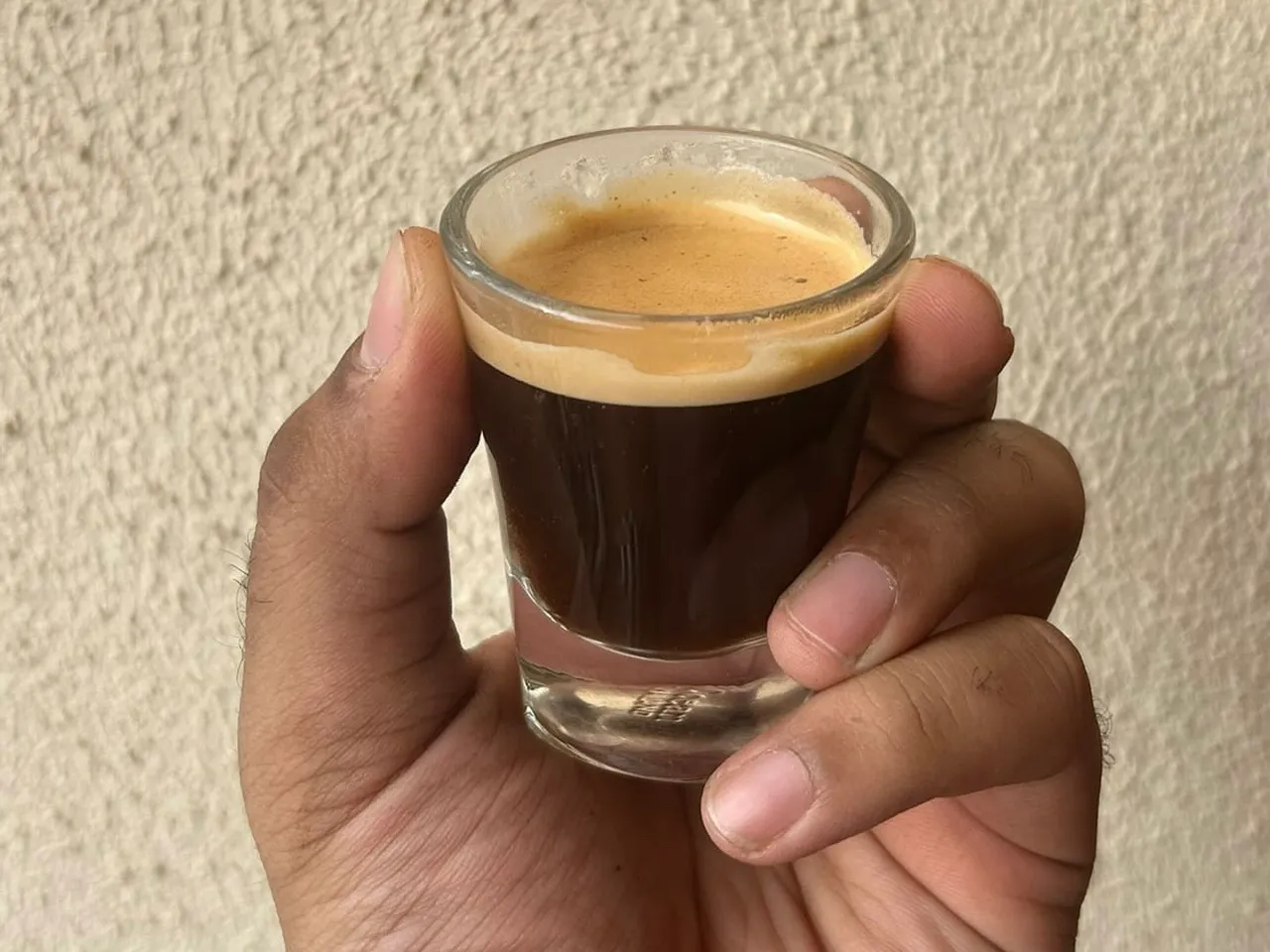
Why should you try it?
Considering these are quality Robusta’s would take your morning espresso shots from potential to perfection. See how the natural selected beans are palatable and are top tier in terms of their quality standards. Also, the cuppers were able to spot the sweetness in the cup.